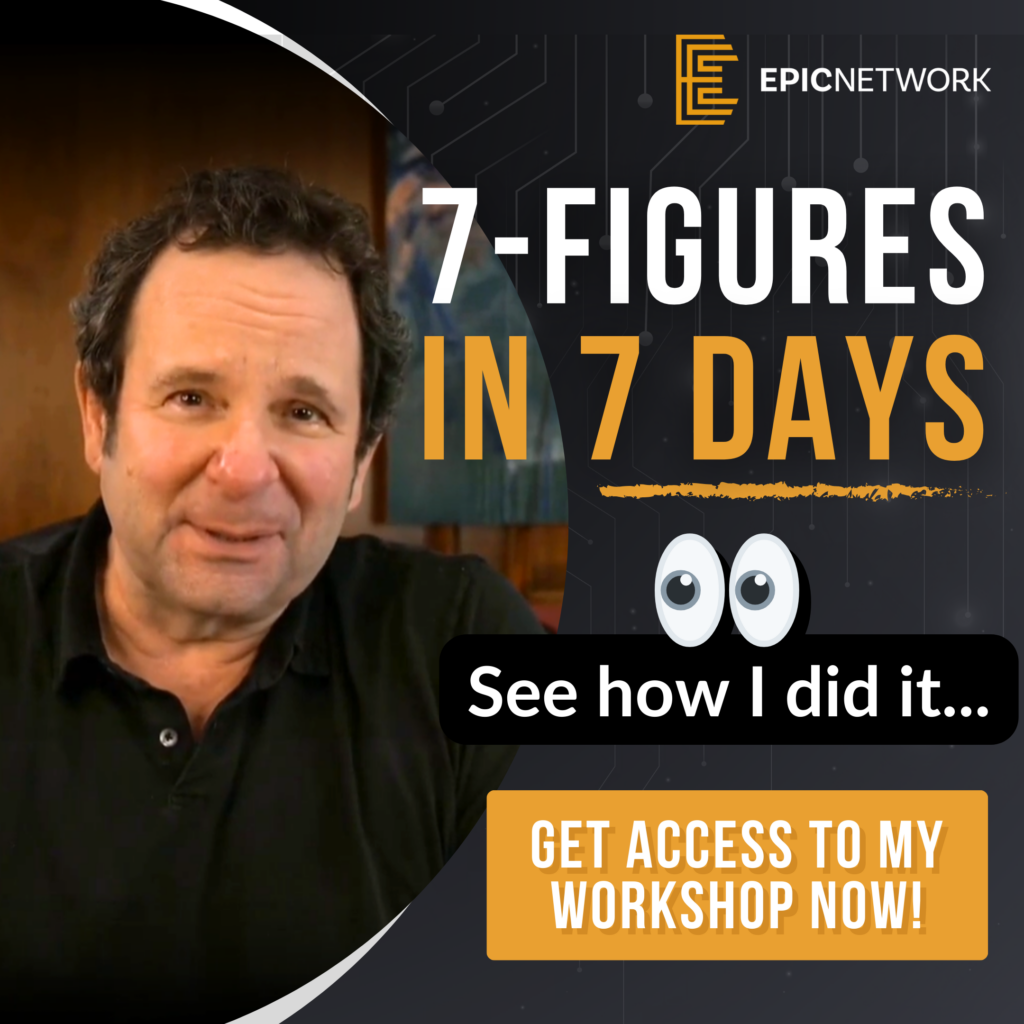
Using earnouts in business acquisitions can help you minimize risk, align seller and buyer goals, and avoid overpaying—especially in industries with tight profit margins, like music schools. Earnouts allow buyers to defer part of the purchase price based on future business performance, creating a win-win for both parties. Here’s how earnouts work and tips to make them successful.
What is an Earnout in Business Acquisitions?
An earnout in business acquisitions is a payment structure where the buyer agrees to pay part of the total purchase price based on the acquired business’s performance over time. This approach ties payments to specific financial goals, helping buyers avoid paying for projected performance and instead rewarding actual results.
Read more on how earnouts work
Benefits of Using Earnouts to Prevent Overpayment
Using an earnout can prevent overpayment for businesses with uncertain financials. For example, music schools often operate on thin profit margins, which can make upfront payments risky. By using an earnout, the buyer only pays based on actual performance after the acquisition, which helps ensure a fair price.
Earnouts in Business Acquisitions Help Preserve Cash Flow
Buying a physical business like a music school often requires significant initial expenses for facility upgrades or equipment. With an earnout, the buyer can defer some of the payment, allowing for a stronger cash flow that can go toward these immediate needs. This preserves working capital and helps the business succeed in the early stages.
Explore cash flow management in acquisitions
Structuring an Effective Earnout Agreement
To create a successful earnout, it’s crucial to define clear terms from the start. Here are some best practices:
- Tie Payments to Past Performance: Use the business’s last 12 months of profits as a benchmark.
- Set a Defined Transition Period: Typically, the seller remains engaged for six to twelve months to ensure a smooth handover.
- Maintain Consistent Seller Income: Keep the seller’s income stable during the transition to encourage full engagement.
- Define Clear Final Payout Terms: Structure payouts based on the business’s performance once the transition is complete.
Why Earnouts Align Seller and Buyer Interests
Earnouts in business acquisitions align the seller’s motivation with the buyer’s goals, particularly during the transition period. By tying payments to continued business performance, sellers stay engaged and committed to the business’s success, making the handover smoother and more productive.
Learn more about structuring successful acquisitions
Incorporating earnouts in business acquisitions, especially in industries like music schools, can protect against financial risks, align interests, and ensure a fair price. By following these guidelines, buyers and sellers can benefit from a smoother transition and a more successful acquisition outcome.
Ready to explore acquisition strategies that fit your needs?
Book a Free Strategy Session with the EPIC Network to discover customized solutions to support your success.










